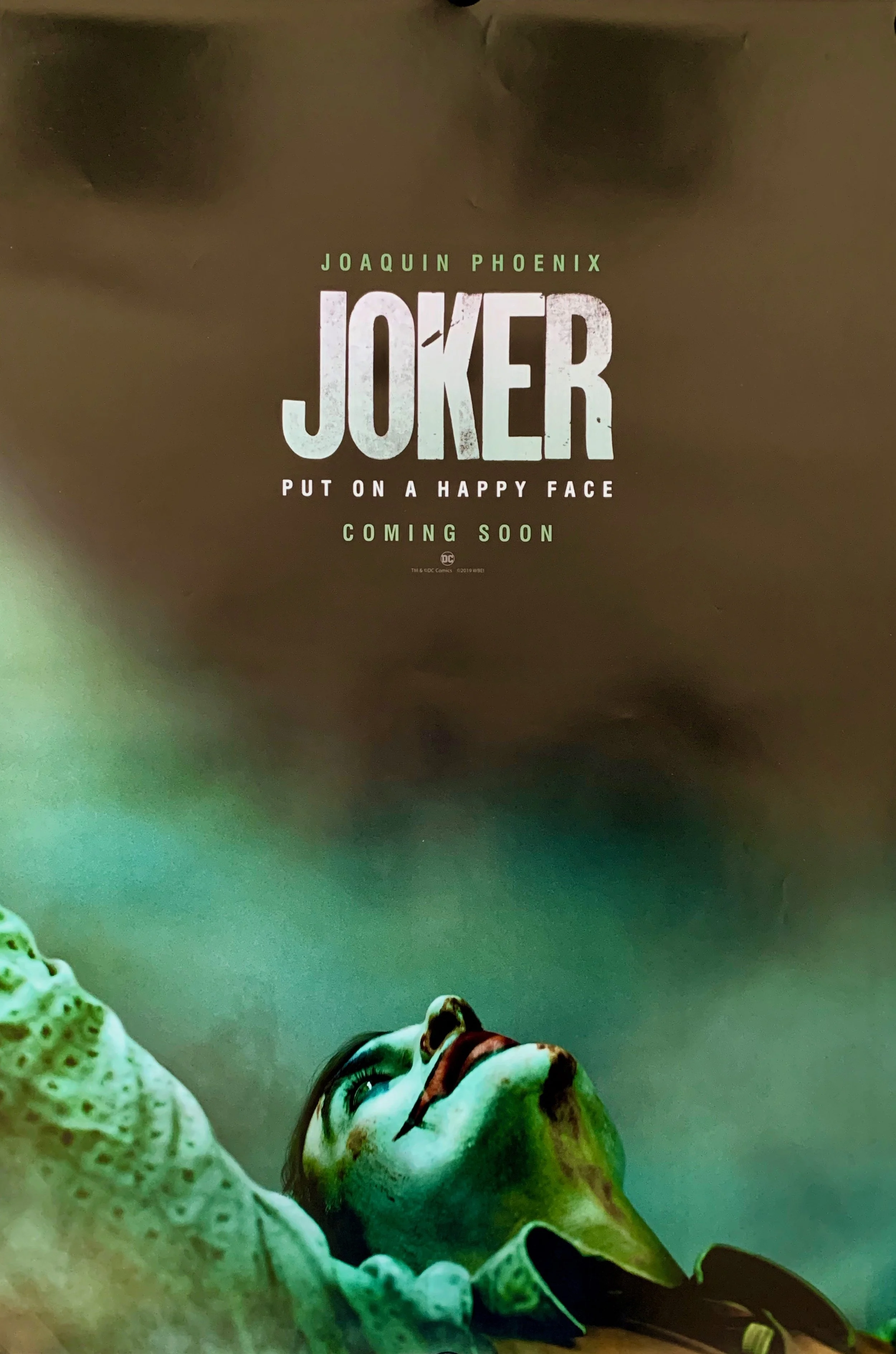Ivan's Childhood: Soviet War Cinema at its Best
Ivan’s Childhood, directed by Andrei Tarkovsky in 1962, takes place in the middle of WWII, west of Moscow. The film zeroes in on the intense experience of war and its capacity to destroy the sweet innocence of childhood, turning boys into men and girls into women. When Nazi invaders destroy his village and kill his family, 12-year-old Ivan is put in a German boarding school. He escapes, fighting for the Partisans before making his way to the front lines, where he is taken in by a Red Army captain. After a successful scouting mission for the Soviets, Ivan is ordered to leave the front and enroll in a military academy. He refuses, demanding to avenge his family’s murder by conducting reconnaissance missions behind enemy lines. After arguing with his comrades and briefly fleeing, Ivan is brought to the enemy’s position by boat. He fails to return from his mission and is later revealed to have been caught and executed by the Nazis.
This austere, minimalist, and poetic film was Tarkovsky’s first major accomplishment as a director and screenwriter. Ivan’s Childhood was made during a period of relaxed State censorship known in the West as the Khrushchev Thaw, during which artists could reject Soviet Realist portrayals of the War, as is evident in the film’s writing and cinematic technique. While the film isn’t directly based on Tarkovksy’s life, the director drew heavily from his own wartime childhood. The film features images and symbols from his childhood, such as birch trees, apples, and horses. This film was based on a novella by Vladimir Bogomolov but was heavily reworked by Tarkovksy. During this era of cinema in Eastern Europe, Soviet directors frequently chose to produce war-centered movies as they were more likely to be featured in international film festivals. Ivan’s Childhood stands out among its contemporaries because it broke out of the typical propaganda structure that filled the cinemas and showed the suffering sustained by the Soviets during the War. Despite winning the Golden Lion award at the Venice Film Festival in 1962, the film was panned by many leftist critics. They accused Tarkovsky of abandoning materialism by overusing aestheticism and lyrical components. Jean-Paul Sartre defended the director in a letter to the journal L’unita, where he wrote in-depth about his admiration of the film’s style and criticized the rigidity of the critical response to the film.
Tarkovsky, whose childhood had been affected by the Second World War, used Ivan’s Childhood to discuss the human cost of war rather than glorify the Soviet war effort. This can be interpreted as a reaction to the Socialist Realist war films produced during Stalin’s reign, which served to glorify the Soviet war effort and reinforce the legitimacy of the State. The film doesn’t feature battle scenes, rarely depicts violence, and never shows the enemy. Instead, it is mostly set in a bombed-out church used by the Red Army as a command post. As a result, the War seems both distant and ever-present. While the enemy is faceless throughout almost all of the movie, their bullets and shells occasionally interrupt the otherwise quiet setting. A final message from the young victims of a Nazi execution is etched on the wall of the church. Two Soviet scouts caught by the enemy lay in No Man’s Land, their corpses tied to a sign that says “Welcome!” The murder of Ivan’s family is shown through an abstract dream sequence, and his execution at the end of the film is only revealed through files recovered in an SS office after the Nazi surrender.
Almost every scene in Ivan’s Childhood is shot in a way that is atypical, suggesting a higher consciousness of aesthetic style, point of view, framing, and fluid camera movement. Tarkovsky has stated that he was extremely inspired by the cinematographer Sergei Urusevsky who shot The Forty-first (1956); Tarkovsky wanted his film to look as if Urusevky had shot it. Tarkovsky was also influenced by Polish Filmmaker Andrej Wajda’s Ashes and Diamonds (1958), which can be seen in the dark interiors with bright rays of light seeping in and through frequent religious imagery. There are many crosses seen throughout the film, often in close-up shots, emphasizing their importance to the narrative. These large religious symbols serve as a reminder of Ivan's faith and belief in God, despite the hardships and trauma he experiences, and perhaps shed light on the reality of how the war affected Tarkovsky himself.
While this film pedals the harsh agenda of what war does to a young person, this is the only true monochrome Tarkovsky film visually, but his heavy use of chiaroscuro makes the film both optically and thematically contradictory; as to mirror Ivan’s confused and ever-changing mental state. Intense shadows throughout the movie invoke fear in Ivan and the audience, emphasizing the gravity of imaginary situations he believes to be his reality.
The editing of the film adds to the disorienting feel. The movie was edited by Lyudmila Feiginova, and some of the most striking aspects of the film's editing are its use of flashbacks and dream sequences to convey Ivan's inner turmoil and trauma. The unconventional use of a mix of quick cuts and long takes creates a sense of disorientation and confusion that mirrors Ivan’s disjointed psychological state. The shots with the flashlight highlight this fragmented effect. Feiginova is able to weave together disparate elements and create a coherent visual narrative that conveys both the horrors of war and the resilience of the human spirit because of the simultaneous fluidity and elegance of this editing as a whole, ultimately making this a masterclass in both editing, camerawork, and narratively baggy character aches.





